Forged for Battle
The Spartan armory, central to the military prowess of ancient Sparta, reflected the city-state’s relentless focus on discipline, strength, and combat readiness. Located within the confines of the agoge, the rigorous training system for young Spartan boys, the armory was stocked with an array of weapons and armor designed to support the formidable hoplite warriors who served as the backbone of the Spartan military.
Crafted from high-quality materials, Spartan armor typically included a bronze breastplate known as a thorax, a helmet that protected the head while providing optimal visibility, and greaves to shield the legs. The iconic red cloaks worn by Spartan soldiers not only signified their identity but also concealed blood from wounds, projecting an image of fearlessness during battle. In addition to armor, the armory housed an assortment of weapons, including the dory, a long spear that served as the primary weapon of the hoplite, and the xiphos, a short sword used in close combat.
Training in the armory was rigorous, emphasizing not only physical fitness but also teamwork and tactical coordination, fostering a sense of camaraderie among soldiers. The Spartan armory symbolized more than just the tools of war; it embodied the city-state’s unwavering commitment to military excellence and the idea that every Spartan was a soldier at heart. Through strict discipline and superior armament, Sparta cultivated a legendary reputation that dominated the ancient Greek world, striking fear into the hearts of their enemies and solidifying their status as formidable warriors.


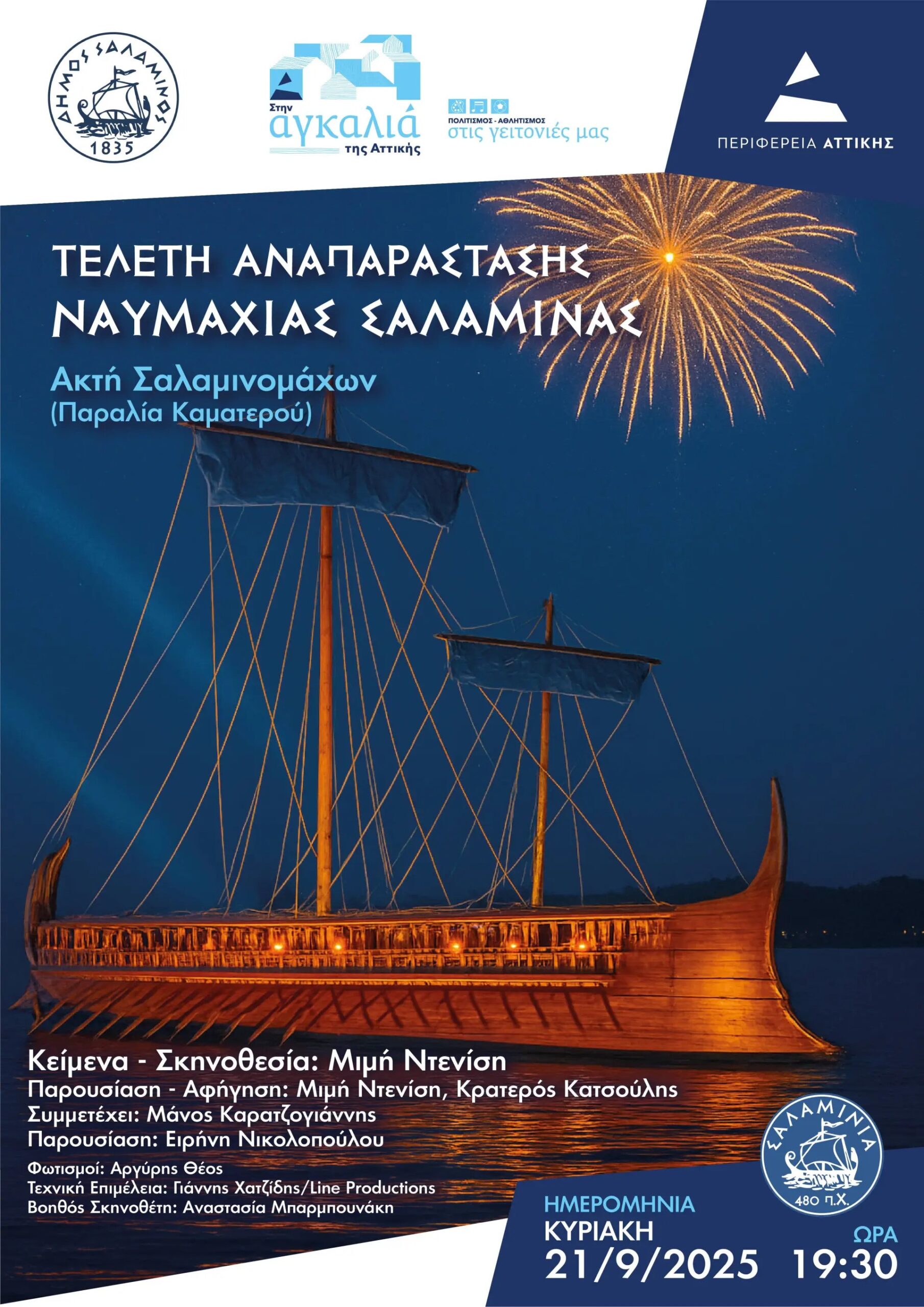


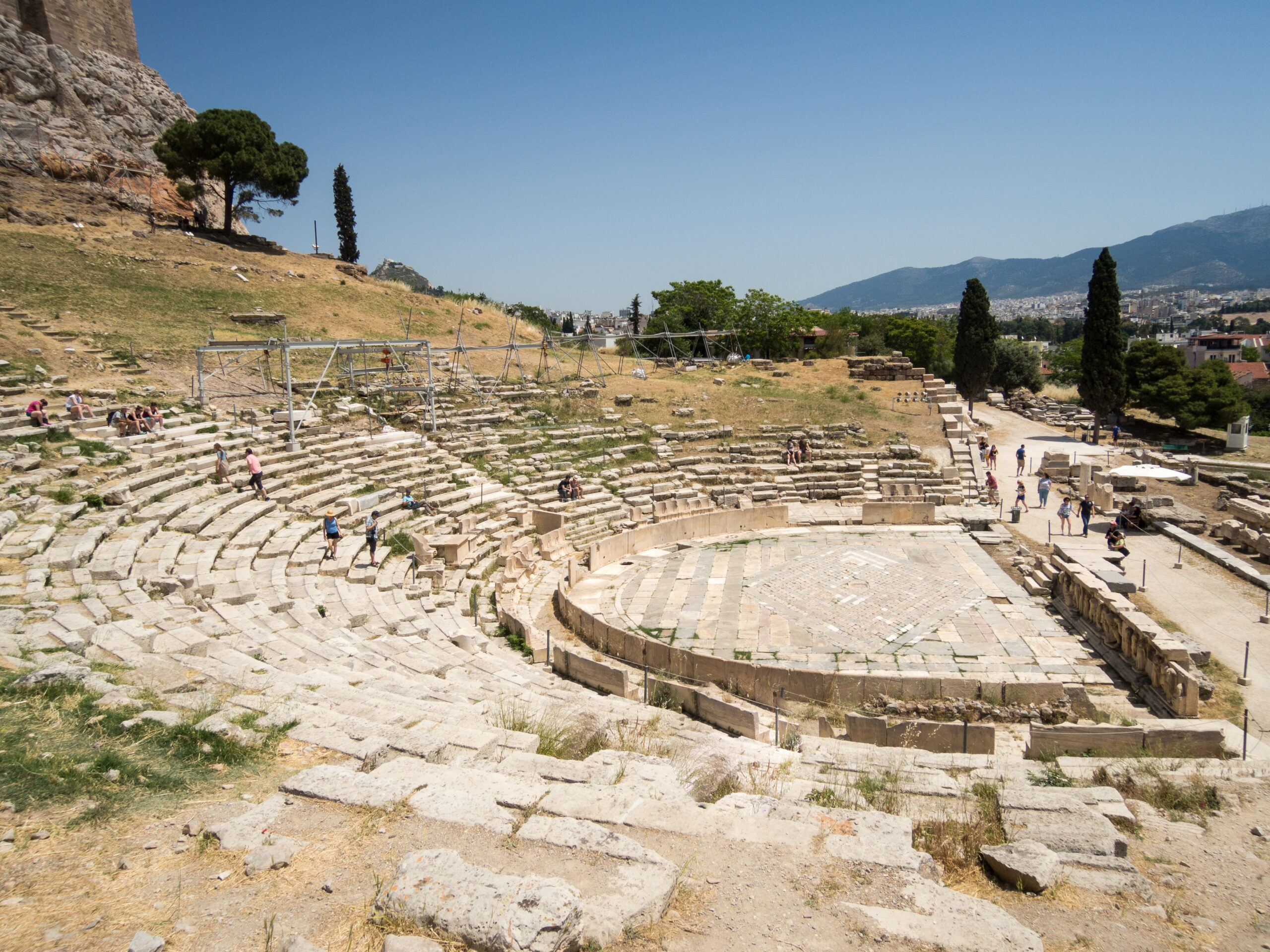

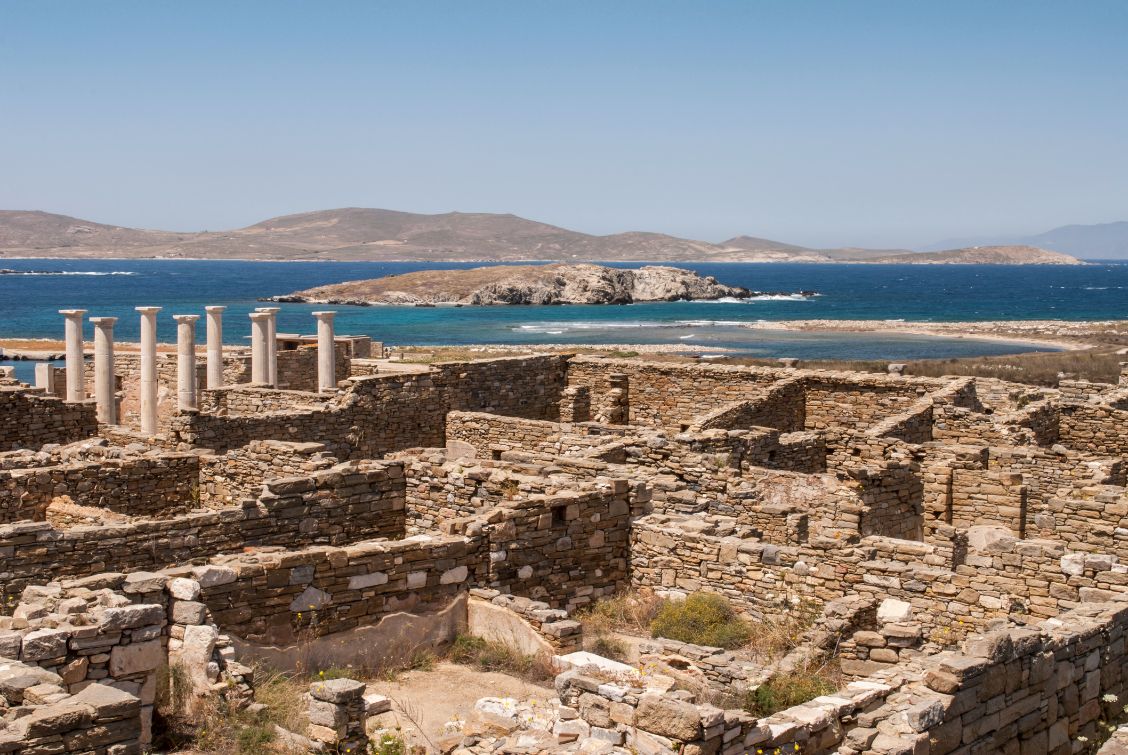
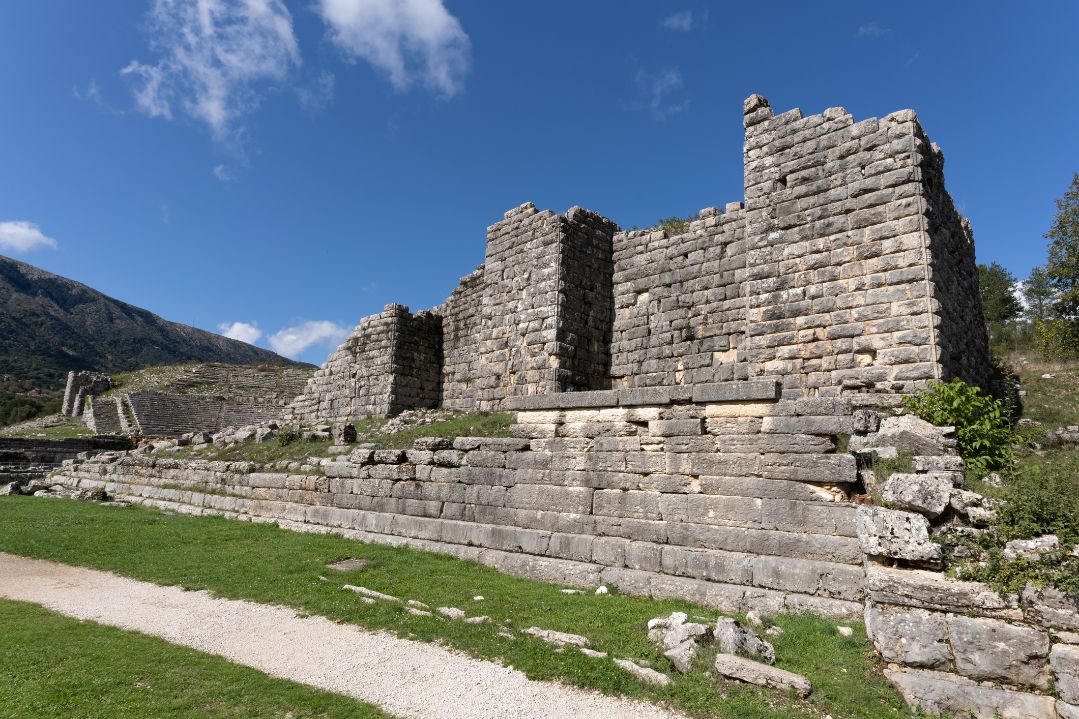
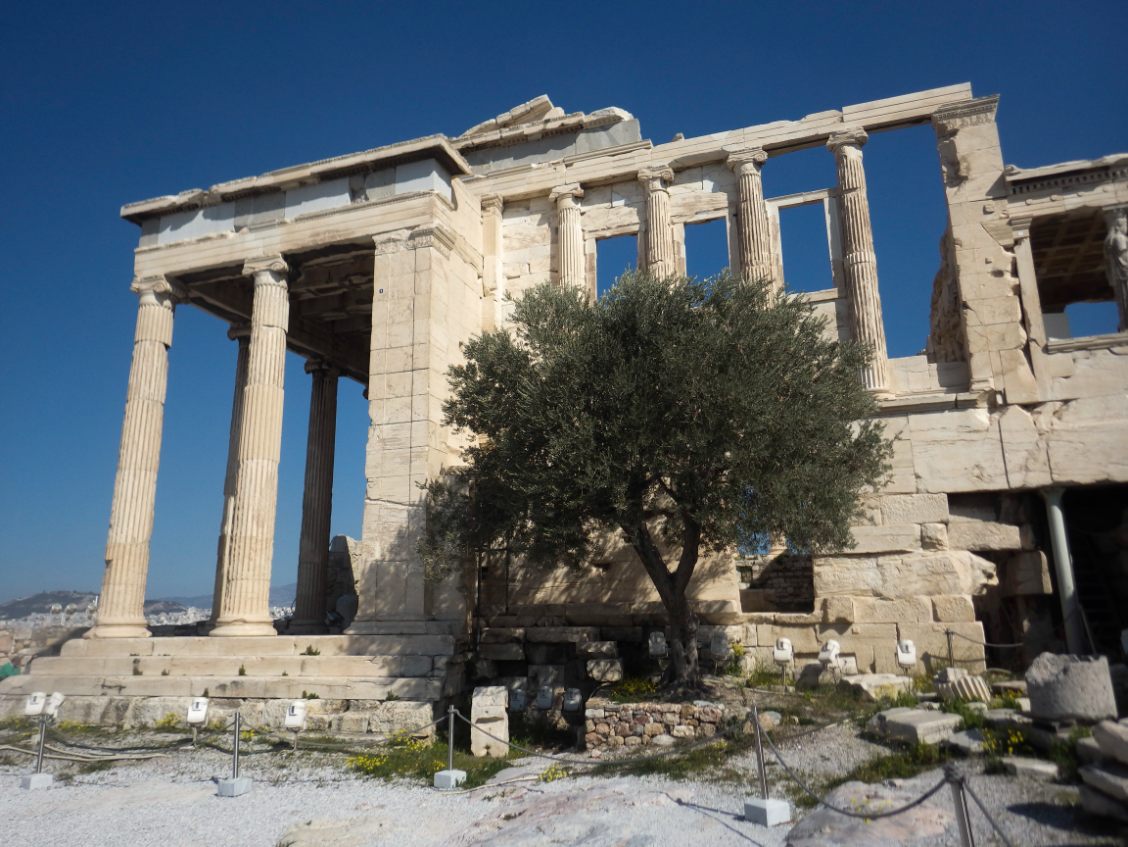
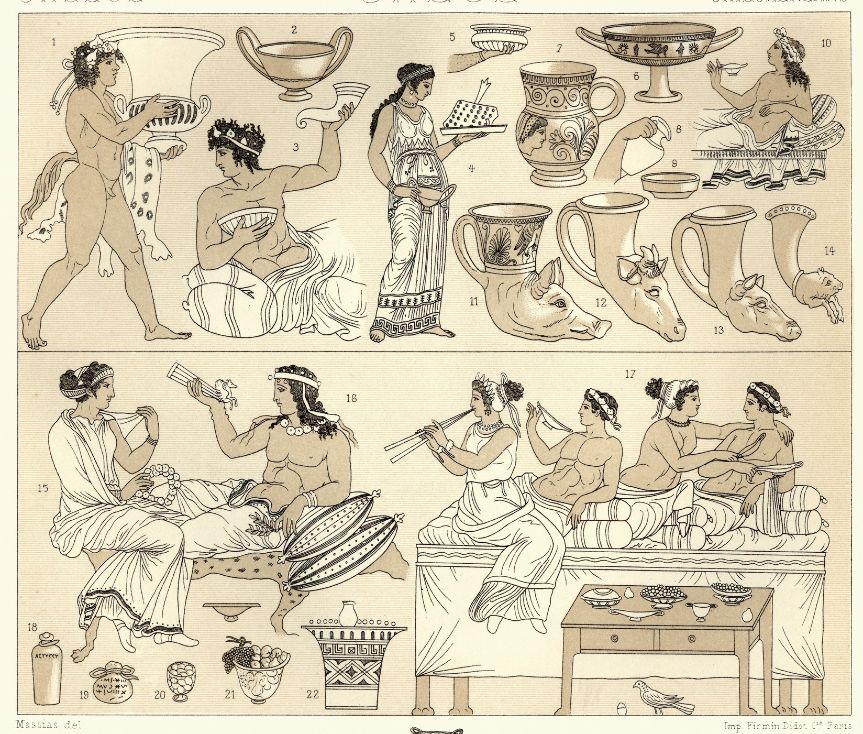




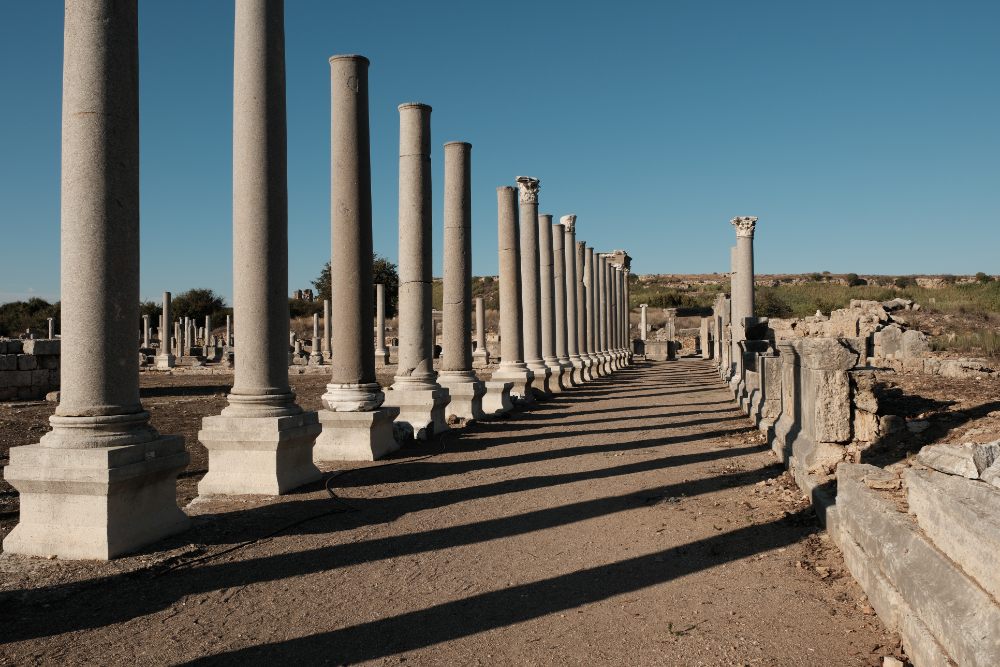


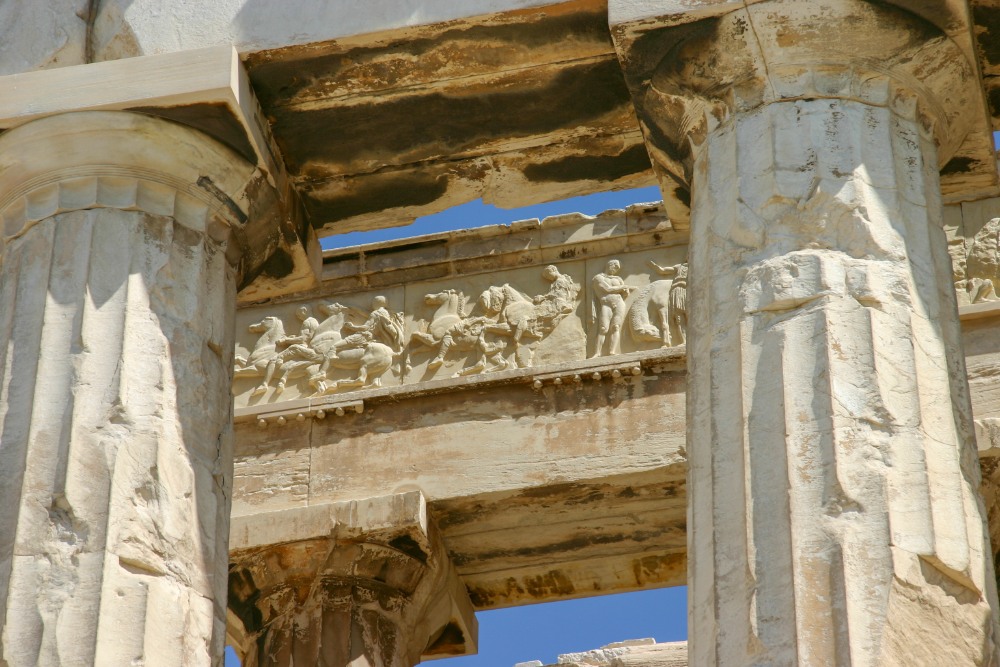

One Response
FROM A SPARTAN, IN BODY AND SOUL… THANK YOU!!!! For recognizing us and giving us the praise we deserve.
Spartans LED the War against the Persian Empire, the Revolution of 1821 against the infidel Turks of the Ottoman Empire and Formed fierce partisan groups against the god accursed Nazi Germans during World War 2.
Asked again to defend Ellas we will answer the call…As it rings through the ages, a Spartan response to a demand to Lay down our arms…. MOLON LAVE!!!!